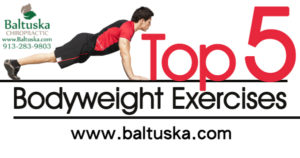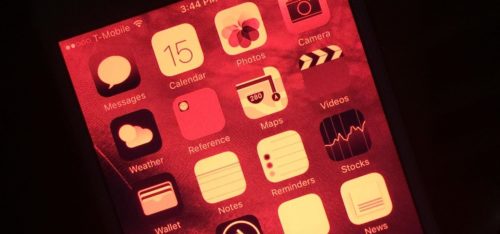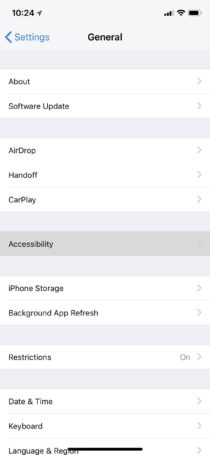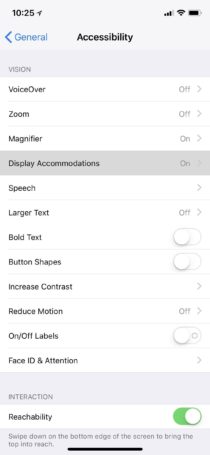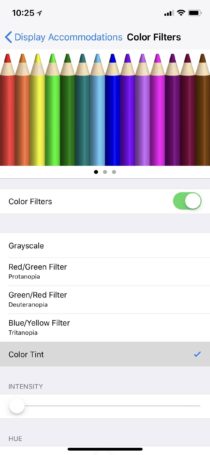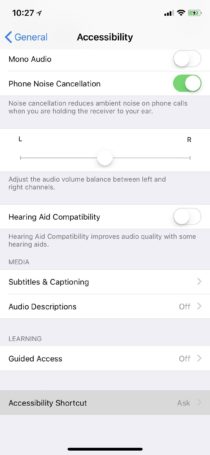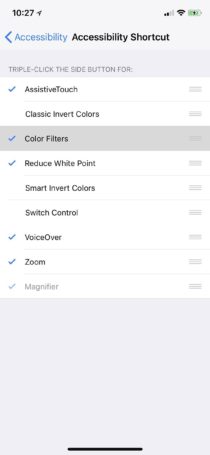No Gym? No Problem! Dr. B’s 5 Favorite Exercises Against Gravity
We don’t need a gym membership or fancy equipment to have a great exercise routine. Simply pushing against and resisting the forces of body weight and gravity are all we need to stay fit. Some experts argue that these exercises are safer and more efficient than using equipment. Try it for yourself! Beginners should start with just 10 repetitions, 3 times per week.
Pushups
Pushups are a classic body weight exercise that are simple and effective. They must be done with proper form to reduce potential injury at your shoulder, wrist or lower back. Common mistakes may be corrected by paying attention to the position of your arms, elbows and shoulders and by activating your core muscles.
Your hands should be shoulder-width apart and slightly behind your shoulders, toward your feet. Fingers are facing forward. Your elbows bend to approximately a 45-degree angle with your fingers widely spaced for balance and to increase the work of your lower arms, accessing more strength to lower and raise your body. Keep your elbows close to your body as you move through the exercise to give you more leverage.
Imagine squeezing something between your armpits and your body to keep your elbows aligned. Your elbows should stay above your wrists at the bottom of the movement, making a 45-degree angle at the elbows. If your elbows go past your wrists or flare to the outside, it increases your potential for experiencing an elbow overuse injury. Beginners modify pushups to reduce your effort by doing pushups from your knees instead of on your toes.
- Begin laying on your stomach on the floor, knees and hands shoulder-width apart and palms flat to the floor.
- Rise on your toes, elbows straight but not locked. Knees, hips, back and shoulders should be in a straight line. Hands remain palms to the floor with fingers pointing forward.
- Bend your elbows until your chest is an inch or so from the ground. Keep your head in a neutral position, looking no more than 6 inches in front of your body with your chin tucked.
- Straighten your elbows, pushing your body back into the start position without locking your elbows, all while keeping your knees, hips and back aligned and straight.
Triceps Dips
Your triceps are the muscles that run down the backside of your upper arm and may jiggle when you raise your arm to wave. These exercises can be done on a stable chair, bench or on a set of stairs. While sitting on the chair or step, place your hands shoulder-width apart on a chair or step with your fingers pointing toward your legs. Slide your bottom off, keeping your legs straight and place your weight over the heel of your hand.
Straighten your arms without locking your elbows to reduce strain on the elbow joints. Bend your elbows to lower your bottom until your elbow is at 90 degrees. Keep your back close to the chair and elbows in to your body as you raise and lower yourself. This is one repetition. Do not go past 90 degrees to reduce strain on the elbow joint. You can make the movement easier by bending your knees to 90 degrees and more difficult by raising your heels off the ground on a bench or chair.
Plank Ups
This is a simple exercise that is highly effective and more tiring than you might think. Start out in a plank position, identical to the starting position of a pushup. Instead of raising and lowering your body by bending both elbows simultaneously, you’ll be shifting your weight first to your right arm while bending your elbow on your left arm and placing your left arm on the floor with your elbow directly under your shoulder.
Moving your weight to your left arm, place your right arm with elbow bent on the floor, hand facing forward and elbow under your shoulder. Next shift your weight back to your right arm, straighten your left arm and push up on your left arm. Straighten your right arm with both hands directly under your shoulders. This up and down action is one repetition.
Bodyweight Squats
This simple squat maneuver works your core, quadriceps, calf muscles and glutes. Done correctly your knees will not go over your toes as this places undue stress on your knee joints. Begin in a standing position, feet shoulder-width apart, toes pointing straight forward and shoulders relaxed. Start the squat by bending at your hips, extending your bottom back as if you were getting ready to sit in a chair.
This protects your knee joints from excess stress. At first you may aim to get your knees to 90 degrees while sinking your weight into your heels and not over your toes. Use your arms for balance. Stay in the position for a second or two before rising.
Walking Lunges
These exercises help your balance, coordination, leg, glutes and core strength. Start in a standing position. Take one step forward, placing your foot slightly in front of your body without overextending. Sink down until your front knee is at a 90-degree angle without your knee crossing in front of your toes. Keep your weight balanced in the middle of the movement without shifting forward or back.
Push forward with your back leg as you drive your weight through the heel of your forward foot, using your quadriceps and glutes to raise your body. Swing the back leg forward as if taking a step and repeat. This describes one repetition.
Enjoy this 1 minute video below to help instruct you through each exercise:

